
Your home might be your biggest asset — and yet, you could be inadvertently making it less valuable. Some updates and renovations can backfire when it comes time to sell.
“What I have seen a lot of people do is rip out a closet,” says Steven Gottlieb, a licensed real estate salesperson with Coldwell Banker Warburg in New York City. Where he works, space is at a premium. That means eliminating a closet can be a costly mistake.
“I don’t know that it detracts from the [appraised] value,” he tells Money Talks News, “but it inevitably shrinks the [buying] audience.” And with fewer people interested in a property, the chances of a quick sale or a full-price offer can decrease.
From removing closet space to painting walls garish colors, here are some dumb ways you could be dragging down your home’s resale potential.
1. Selecting the wrong color paint

You may think neutral is boring, but buyers could be turned off by brightly colored walls.
That may seem silly since it’s relatively easy to repaint. But some people don’t want the hassle, says Keri Rizzi, a real estate salesperson with HomeSmart in White Plains, New York. “Buyers will judge based on paint alone,” she tells Money Talks News.
So consider yourself forewarned if you decide to paint your rooms every color of the rainbow.
2. Using bold and busy designs
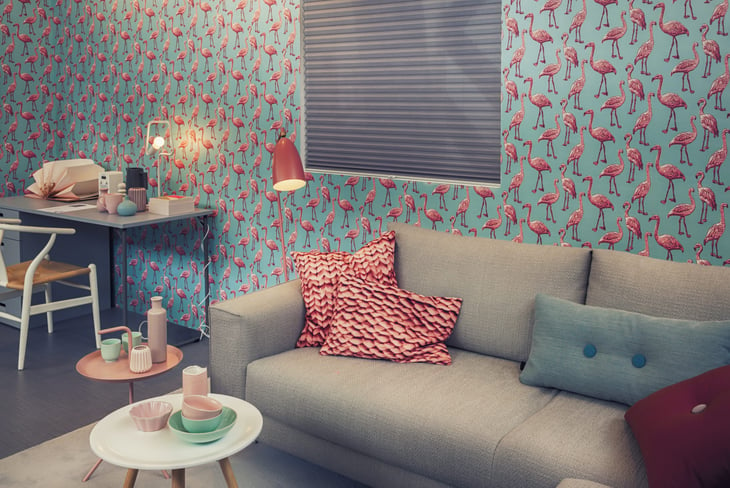
It isn’t just colorful walls that can derail a potential sale. Busy or bright patterns on wallpaper, tiles or flooring can be a problem for some people.
“Those are much harder to change than just paint and can have more of an effect on value,” says Amanda Rogers, broker/owner of Rogers Neighborhood Realty in Lowell, Michigan.
If you don’t have any reason to think you’ll be moving, go ahead and be creative. Otherwise, think twice about loud designs and bold colors. “Always choose neutral options for permanent items, and add your personal style with accessories, furniture pieces, wall art, etc.,” Rogers tells Money Talks News.
3. Removing closets
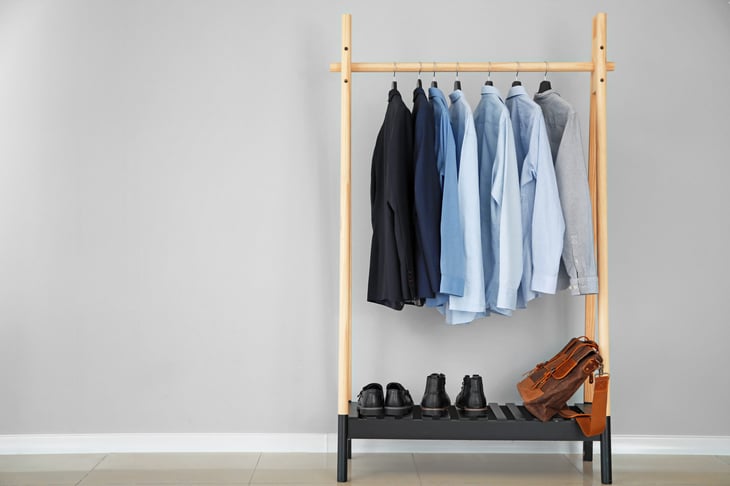
“In an urban setting, especially New York City, space is at a premium,” Gottlieb says. An apartment with minimal closets might not get a second look from buyers.
Even in a suburban or rural setting, storage space often is highly valued. Consider carefully before converting closets to living space or removing a rarely used shed from your property.
4. Ripping out bathrooms or laundry rooms
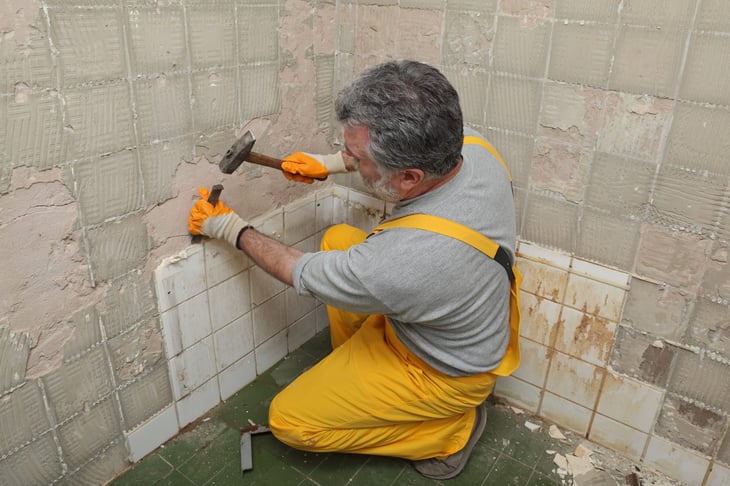
If you have a small household, you may be tempted to rip out a rarely used bathroom for a closet or living space. Don’t do it, Gottlieb says.
“A bathroom is worth a lot,” he explains.
Even in urban areas, bathrooms and laundry hook-ups trump closet space.
5. Failing to get building permits

Saving money by doing renovations yourself or hiring an unlicensed contractor can be an expensive mistake.
“A lot of people hire a buddy to do [work], and then it becomes a huge fiasco,” says Justin Himmelbaum, real estate agent and founder of The H.O.M.E. Team, which serves Palm Beach County in Florida. Work done without a permit can cause problems during an inspection if it isn’t up to building code standards or if it’s learned that no permit was issued for a renovation.
Himmelbaum tells Money Talks News of one client who had to rip up an entire back patio for this reason. With the patio gone, additional problems with the property were revealed, and the entire episode cost the seller approximately $30,000.
6. Making trendy updates

Renovating a home with the latest trends can backfire if the look becomes dated or is not the preference of a potential buyer, Rizzi says.
If parts of your house are looking tired and worn, consider giving buyers a credit to do their own work. Don’t sink money into updates that may not boost value.
7. Making a floor plan too open-concept
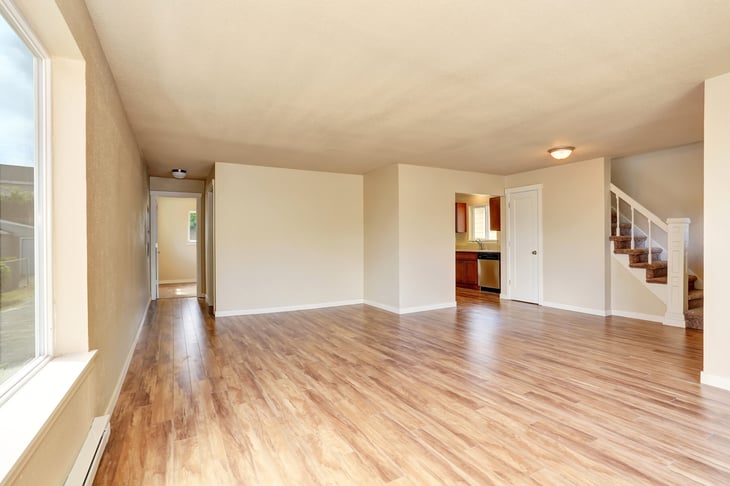
Taking down walls and opening up rooms seem like good ways to improve a home’s appeal. However, if done incorrectly, open-concept floorplans can appear cold and sterile, especially if rooms are empty during showings.
“It ends up looking like an office space,” Himmelbaum says. To avoid that, it’s always a good idea to consult with a designer before you begin knocking down walls.
8. Adding too much tech
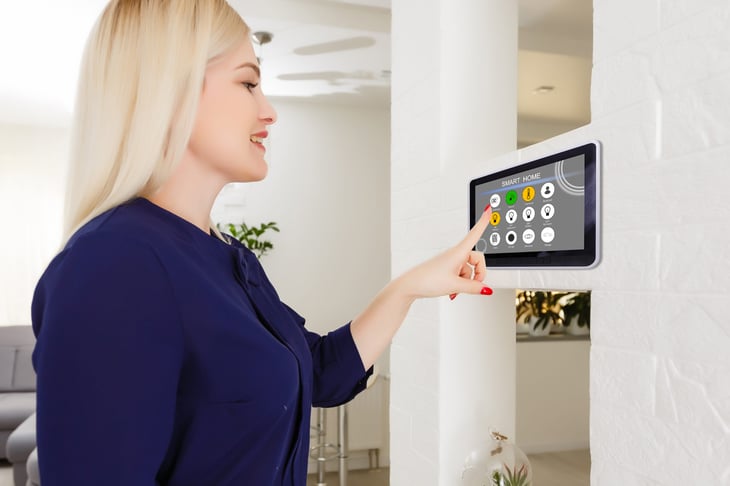
Technology changes quickly, which means an expensive smart home system may be obsolete in just a few years.
“People invest too much for the most current electronic system,” Gottlieb says. “Then, they are often disappointed in five to seven years when (buyers) are not impressed.”
Go ahead and install the latest bells and whistles for your own use and enjoyment. Just don’t expect such upgrades to boost your home’s sale price down the road.
9. Using too much security
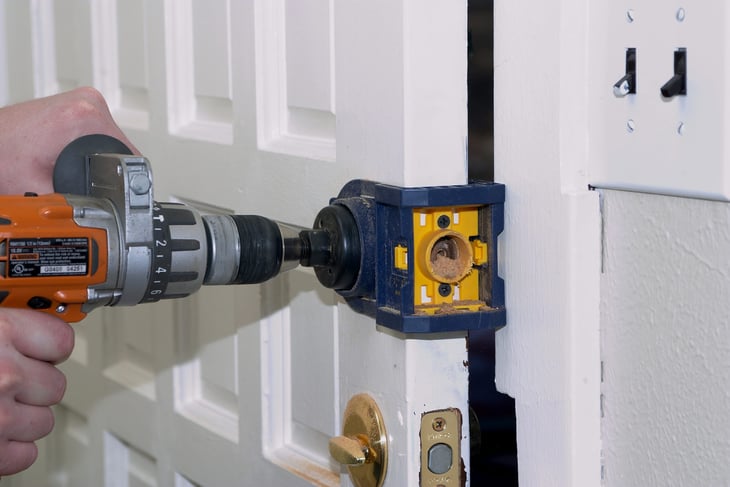
Everyone wants to feel safe in their home but going overboard with security measures can give the wrong impression.
“Having multiple deadbolts and locks on a house or apartment door, an alarm system and grilles on windows in a neighborhood that has very little crime also looks bad,” says Gerard Splendore, broker with Coldwell Banker Warburg in New York City.
He tells Money Talks News that worn-down apartment building lobbies and elevators can also be a turnoff to potential buyers, but those items are unfortunately out of a seller’s control.
10. Lowering ceilings
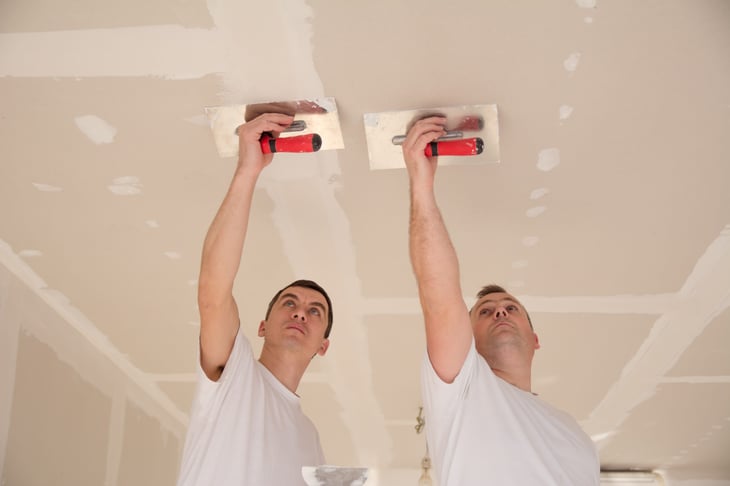
Some people might want to lower their ceilings to accommodate lighting, but they should avoid that if possible, Gottlieb says. Main floor ceilings of 9 feet or more are desirable features. By some estimates, high ceilings can add as much as 25% to the value of a home.
11. Installing wall-to-wall carpeting
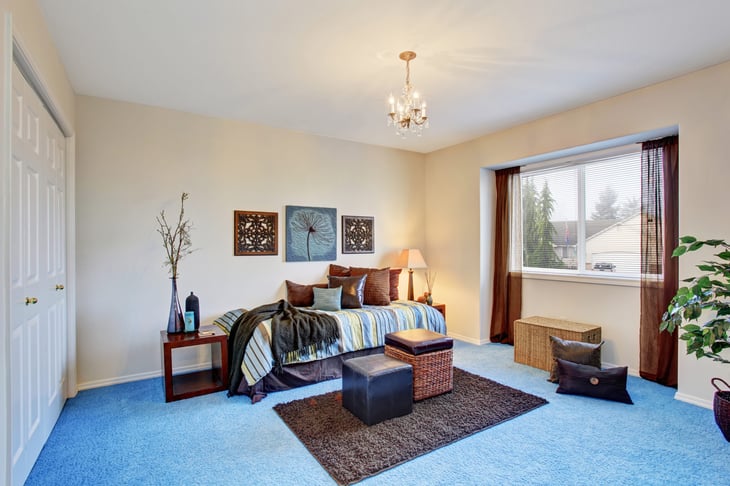
“A lot of people seem to be anti-carpet nowadays,” Himmelbaum says. That makes wall-to-wall carpeting a liability when it comes time to sell.
If you are planning to redo the flooring in your home, consider vinyl or laminate instead of carpeting for living spaces.
12. Failing to control landscaping

Curb appeal isn’t necessarily reflected in a home’s appraised value, but it can make or break a sale, according to real estate professionals.
“Make that first impression the best impression,” Rizzi says. Clear out debris, trim overgrown bushes and pull weeds to create a clean exterior.
13. Planting high-maintenance landscaping

While you don’t want your lawn to look overgrown, don’t go to the other extreme and plant landscaping that will require extensive upkeep.
On occasion, Himmelbaum has taken clients to homes with beautifully landscaped lawns and gardens only to have them balk at buying the house because of the perceived cost of groundskeeping.
14. Leaving old air conditioners in windows
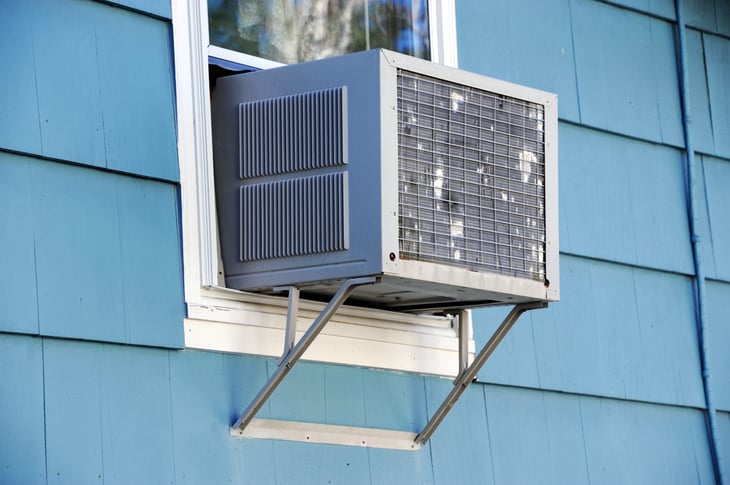
In the heat of the summer, think twice before leaving old window air conditioners installed and running during showings.
“Yes, the air is cool, but the impression is very negative,” Splendore says. “Old window air conditioners that spew dirty air that smells like mildew into an apartment sends a strong negative message.”
Even though a window unit could be easily replaced, it can change a buyer’s perception of the entire space.
15. Letting your home fall into disarray
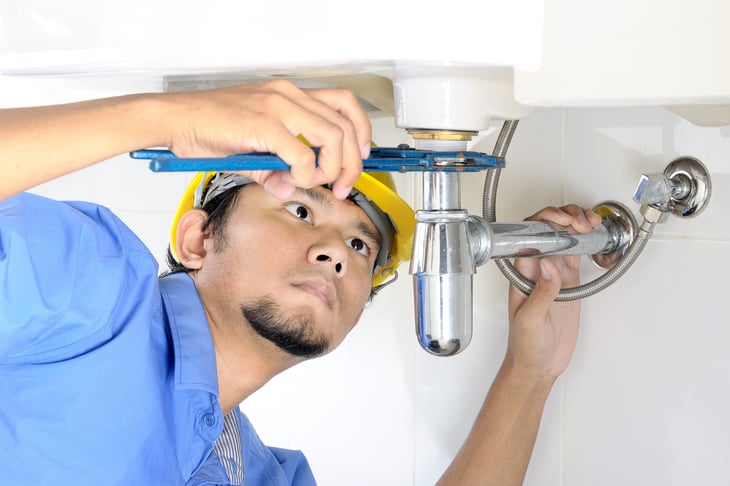
Keep a home’s interior clean and well-maintained. “If something breaks, fix it,” Rogers says. “If you don’t know how to fix it, hire it done.”
Neglecting plumbing and electrical work could have dire consequences for your home’s value if it leads to structural damage.
Bottom line, according to Rogers: “Clean sells.”
